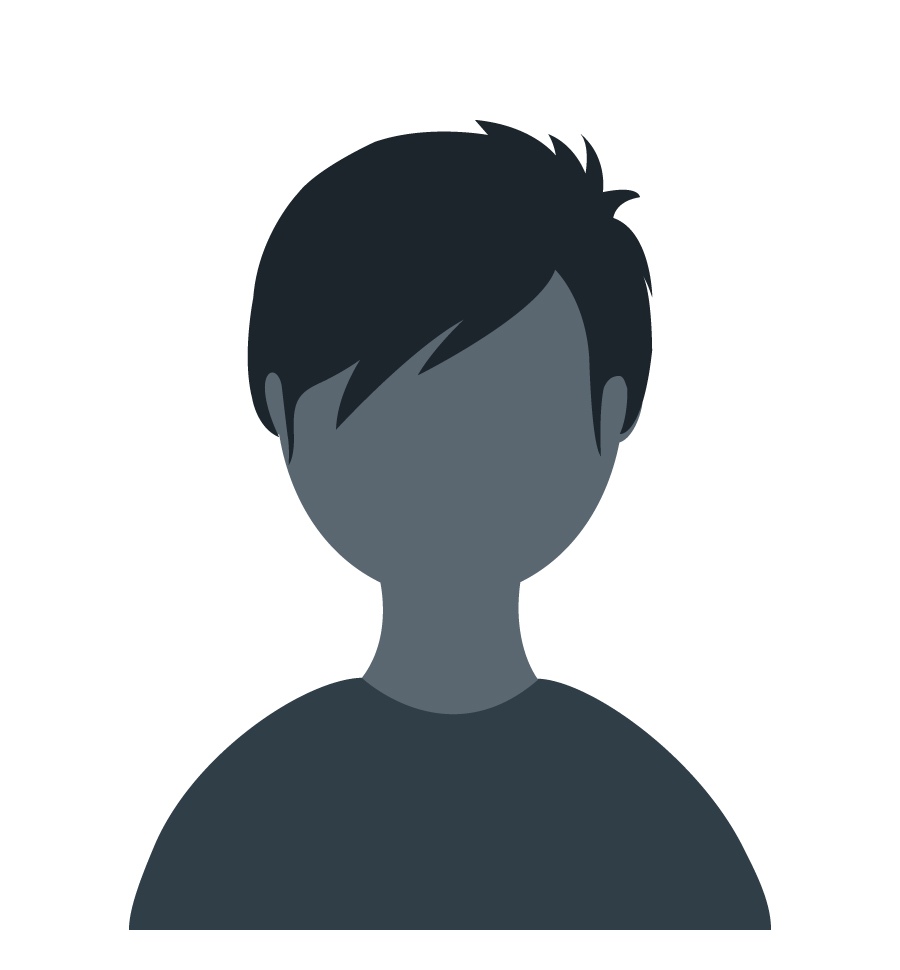Routinely accessible 3D MRI techniques
My Topol fellowship problem / project:
Towards Accessible Motion-corrected 3D Fetal MRI
Magnetic Resonance Imaging (MRI) in fetuses can provide diagnostic clarity when an ultrasound scan is ambiguous. However, fetuses are free to move around inside the womb, which can cause severe blurring of MR images, which does not happen as easily with ultrasound.
Ultrasound is excellent for routine clinical care, but there are situations where MRI can offer exceptional detail and additional insight.
Accurate diagnosis of birth abnormalities allows doctors to optimise a baby’s care at the moment he or she is born.
Furthermore, removing diagnostic uncertainty eases the worry for expectant parents.
I work closely with King’s College London (KCL) on the development of state-of-the-art motion-corrected 3D fetal MRI techniques. In 2019, at Guy’s and St Thomas’ NHS Foundation Trust (GSTT), more than 600 fetuses were imaged using 3D fetal MRI, in addition to routine ultrasound imaging.
At GSTT, we have AI-driven software for routinely performing 3D fetal MRI, which provides high-resolution 3D representations of fetal organs for clinical reporting. In my Topol Fellowship, I want to make this software accessible to other hospitals, so that they can start carrying out 3D fetal MRI more easily.
About me
Currently, I am a Senior AI Engineer in the Clinical Scientific Computing (CSC) department at Guy’s and St Thomas’ NHS Foundation Trust (GSTT). Broadly, the goal of CSC team is to streamline the introduction of AI and software technologies into clinical use.
A key part of my role is working on the Artificial Intelligence Deployment Engine (AIDE). AIDE is a software platform which integrates into existing hospital infrastructure so that hospitals can quickly and safely deploy new AI technology for patient care.
Prior to joining CSC, I worked in academia for more than 10 years. I have a physics background and my Ph.D was in developing new magnetic resonance imaging (MRI) methods for studying cardiovascular disease.
Most recently, I worked at King’s College London in the department of Perinatal Imaging & Health on developing motion-corrected methods for imaging the unborn fetus inside the womb, using MRI.
I have always had a keen interest in digital technology and, in particular, being creative and innovative with software to improve healthcare.

